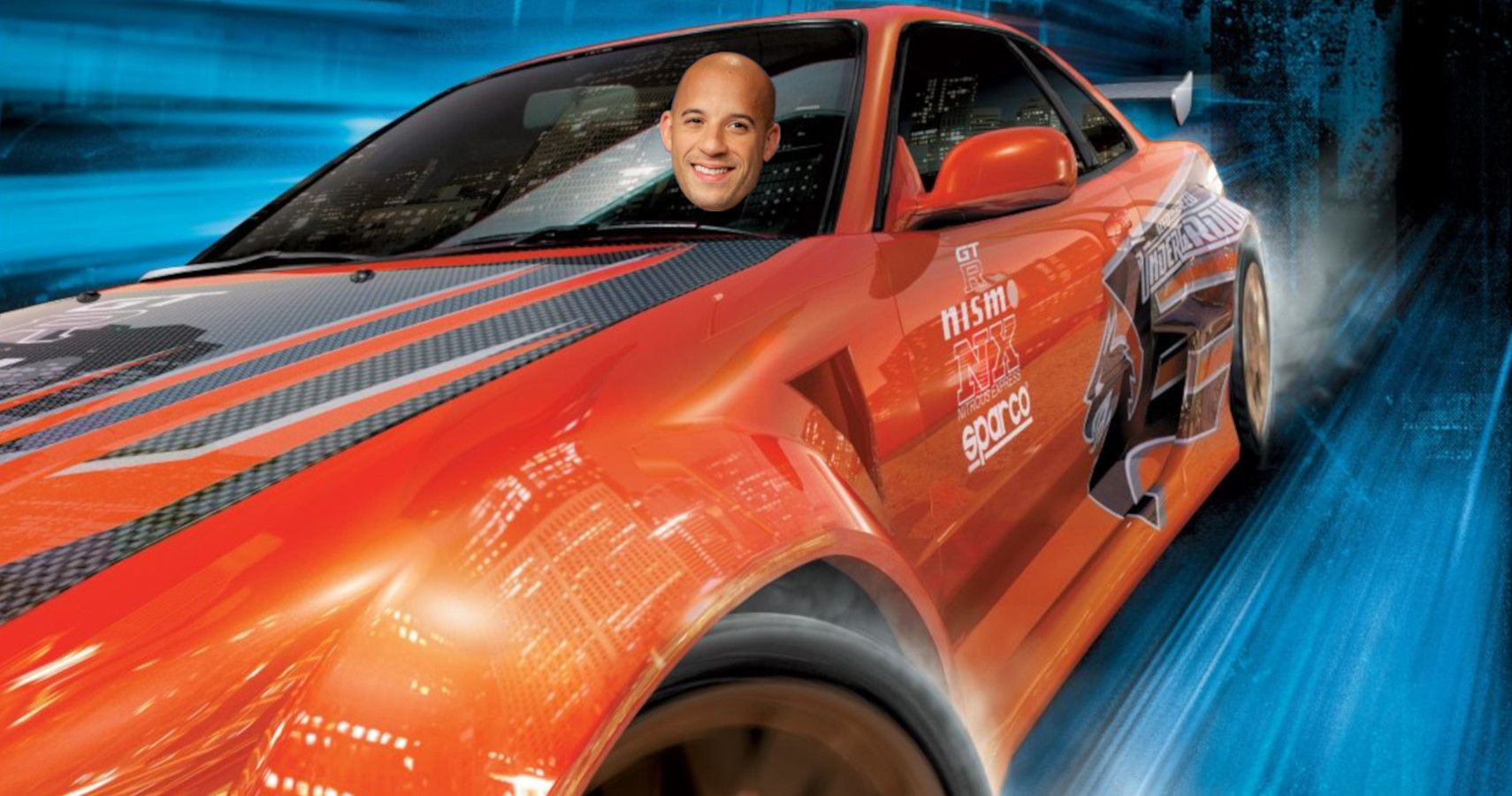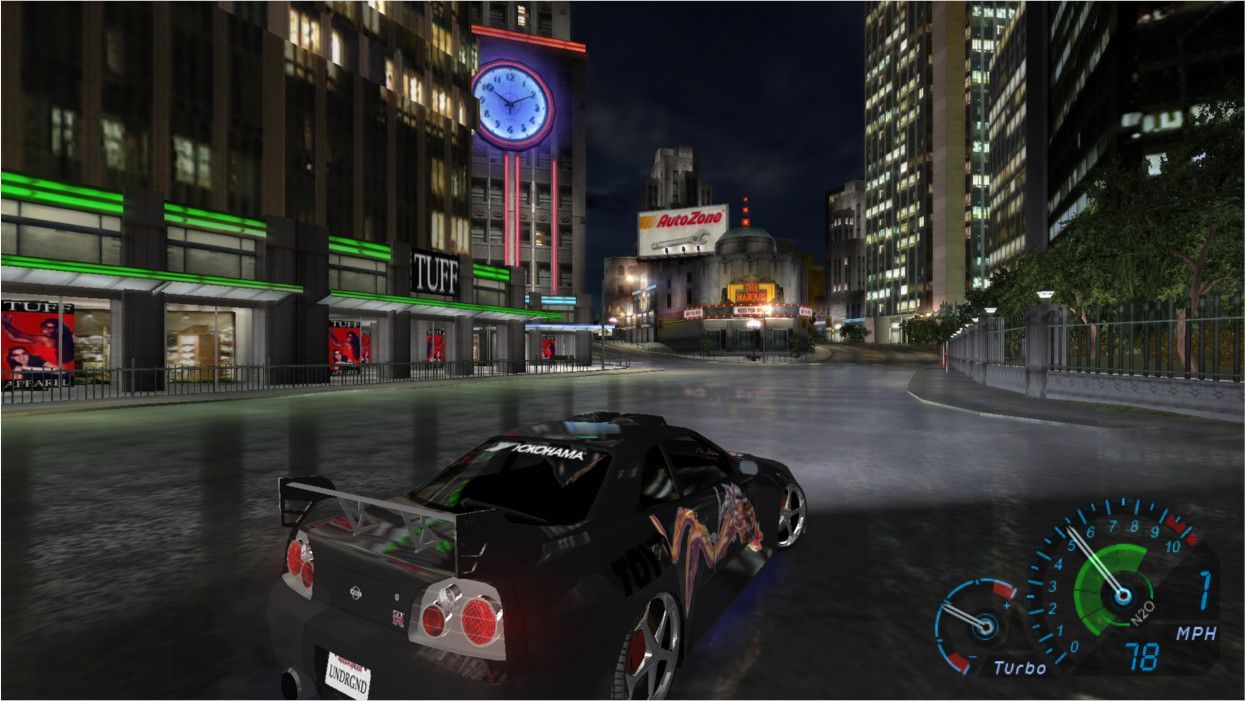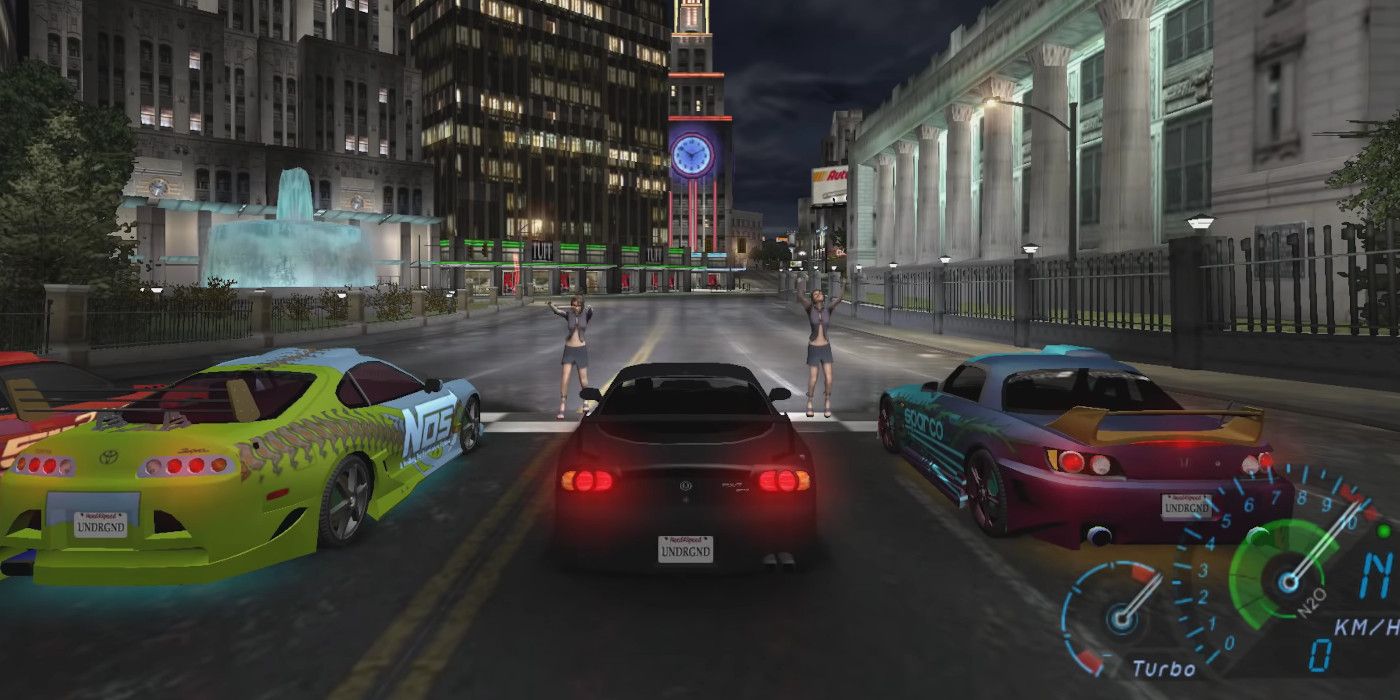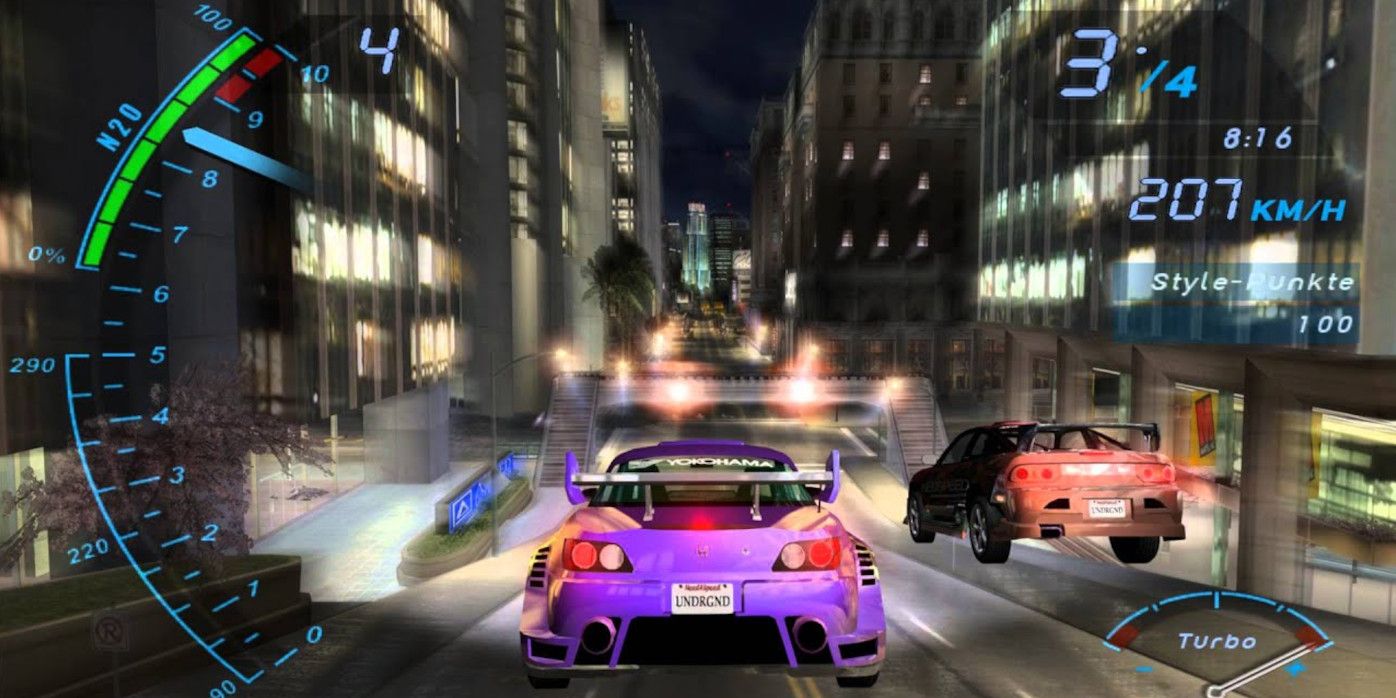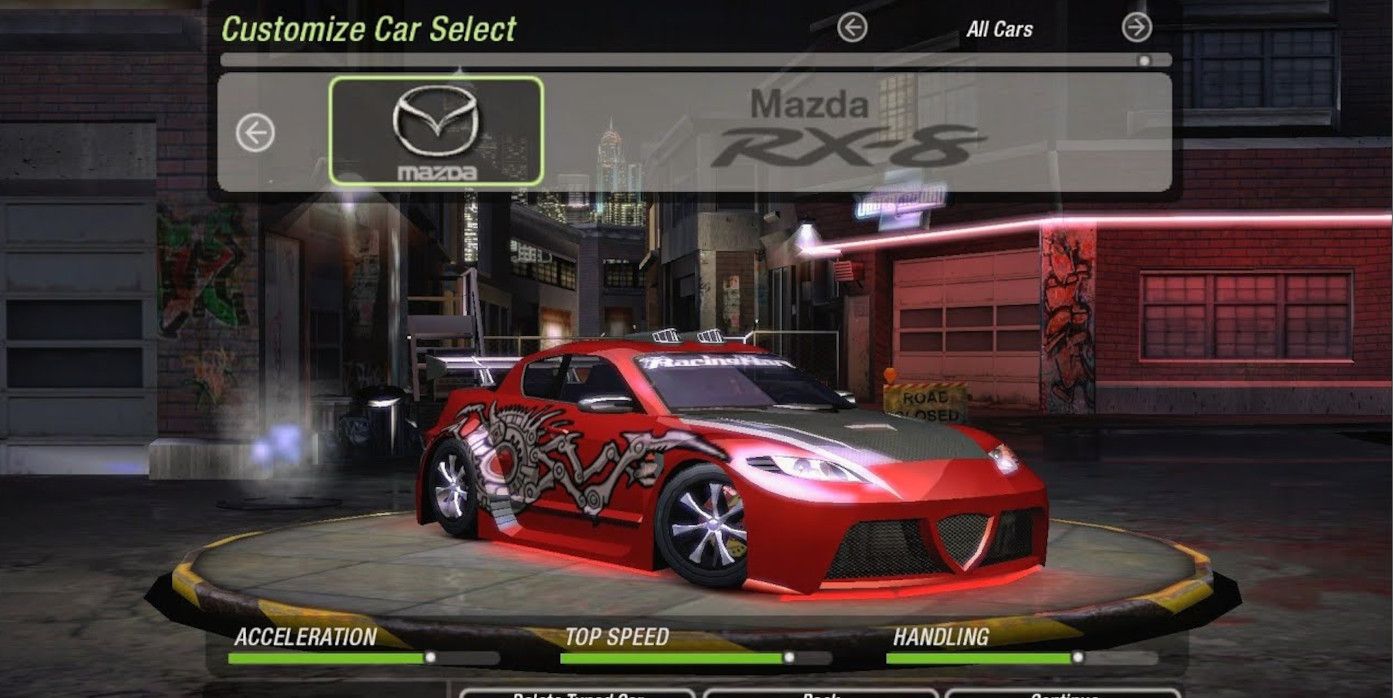The early 2000s smelled of petrol, nitrous, and sweaty grungers... probably. That’s what the Fast and the Furious and Need for Speed franchises would lead us to believe, anyway. The turn of the millennium marked a noticeable shift towards a tuner counter-culture - so named due to the nature of enhancing a car by tweaking and fine-tuning it. Both the Fast and Furious and Need for Speed franchises reached colossal heights during this time. These films and games were about the struggle to make it to the top in whatever you could get your grubby, engine-oil covered hands on. The people who got supercars handed to them were laughed at, while those that put time and love into old imports, taking them from the scrap heap to the streets with nothing but spare parts and effort were the royalty of racing.
The Fast and the Furious is about an undercover cop - Brian - who has to infiltrate a gang of street racers - Dom, Letty, Vince, Mia, and the rest. I think it manages to steer clear of copaganda, valourising only Brian himself - who eventually turns into a criminal racer - not the other cops. The film sped its way to the top of the box office when it released in 2001 and game developers clearly wanted to ride that slipstream and taste the success of first place themselves. Need for Speed - an already established franchise - opted to move away from its tried and tested formula in (hot) pursuit of new horizons. In 2003 - just two years after the success of the first Fast and Furious film - Need for Speed: Underground was released on the PS2, Xbox, PC, GameCube, and GBA.
The Fast and the Furious isn’t just a film about fast cars, it’s a film about the culture that surrounds them. We get a look under the hood and get to glimpse the parties, the friendships, the rivalries, and the crime. Racing is just one element of tuner culture presented in the film. From the dark and illegal L.A. street gatherings to the dusty desert raves, people congregate to express their shared love of cars, neon, and music.
Underground also embraces this culture and throws you straight into the racing seat of a heavily modified Honda Integra R. You easily beat your opponents as you race at night through neon-drenched Olympic City. As you win, you get snapped out of your daydream by your friend Samantha. In a series first, you’re placed into a cutscene that establishes the story of the game; you’re a new driver at a street racing party, complete with show cars, pumping hip hop, and neon - it’s a scene straight out of The Fast and the Furious. Everyone sneers at you and your crappy car, all the arrogance and bravado from the films are running through the game characters. The main antagonist even looks like Vince, rocking the same vest and tattooed look.
The influences run deeper than just street parties and a narrative. The Fast and the Furious is great at conveying a real sense of velocity and kinaesthesia. When Brian hits the nitrous the world twists and warps as the force of the acceleration shoves him back into his seat and strains the chassis of his car; exhausts sputter and spew flames as racers rev their engines at the start line; tires burn and smoke as corners are taken at breakneck speeds. The film is a real kinetic delight, designed to take you along for the ride.
Underground mimics this sense of physicality by borrowing the film’s space warping visual effects. In earlier racing games, such as Midnight Club: Street Racing, hitting the boost merely speeds your car up a bit. It’s mechanically effective in that you do go faster, but there’s no thrill - your heart doesn’t leap into your throat, your car just moves a teeny bit faster. In Underground, hitting the NOS causes the screen to shake as all the lights blur and elongate as your car strains to speed up. It communicates that same sense of sudden acceleration the film does. It turns your Ford Focus into a space shuttle - it’s exciting. This method of communicating nitrous-infused speed is now the standard in racing games.
Underground’s drag races feature an even heavier dose of shaky cam, which makes it feel as though your car may rip itself apart at any moment. You truly believe you’re pushing your tuner to its absolute limit. As if that weren’t enough, if your car goes over a raised part of the track at high speeds and catches some air, the camera moves in front of and below you, and time slows so you can appreciate your sick neon underglow as you stick the landing. It takes you out of the driver’s seat for a moment and makes you a spectator of your own speed - a fantastic stylistic choice that allows you to be both the player and audience simultaneously.
Another way the game communicates speed is through tire smoke. This may seem like a weird thing to mention, but the previous Need for Speed title - Hot Pursuit 2 - only featured tire smoke when racers were getting off the starting line. The squeal of rubber on tarmac punctuates every turn in The Fast and the Furious and it helps add depth and texture to the racing scenes - you can hear the car struggle to stay on the road. In Underground, not only do you see tire smoke when you race off the starting line, but whenever you drift around a corner. You leave skid marks on the road where you brake or turn tightly, and you can hear your tires shriek as you speed around bends. Your car bleeds and screams for your victories.
The most obvious way The Fast and the Furious influenced Underground is the addition of deep visual and performance customisation. Watching Brian O’Conner and Dominic Toretto turn a rusty Toyota Supra into a street-racing monster in a montage that evoked the kind of makeover usually reserved for rom-coms like Pretty Woman clearly awoke something in the psyche of arcade racing players. Unlike its predecessors, Underground offers deep visual and performance customisation that ties into progression through the game’s career mode. Your car’s visual cool factor gets ranked out of five stars, and the more you customise your car, the cooler it becomes. Once your ride is deemed pretty enough, it can grace the cover of magazines, a nice touch that adds some depth to the culture behind the cars.
The influence films have on games can now be felt pretty widely. Many triple-A games have a whole roster of actors, hours of fully voiced dialogue, motion capture cutscenes, big action set pieces, and sprawling narratives. I think the shift towards games being more cinematic has certainly helped them gain more mainstream popularity and critical acclaim over the years. I love that video games are being taken seriously and viewed as pieces of art. I also love how before a lot of that technology was available, and before cutscenes looked anywhere near as realistic as they do now, an early naughties film about people who love fast cars inspired so many deep and profound changes in arcade racing - right down to the way the camera wobbles.

